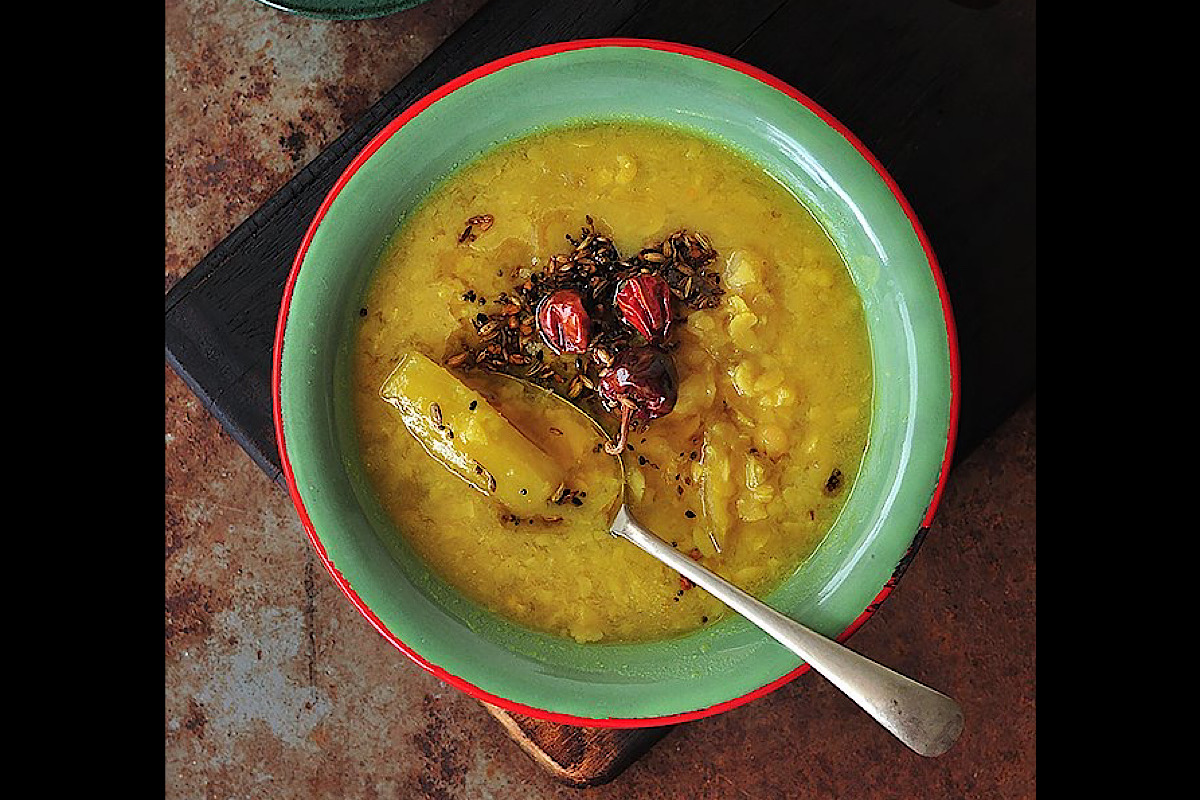Lara Dutta to portray Kaikeyi in Nitesh Tiwari’s ‘Ramayana’
Lara Dutta joins the star-studded cast of Nitesh Tiwari's 'Ramayana' trilogy, set to portray Kaikeyi in the epic saga. Details inside.
The pleasure of eating a mango is so moreish and exquisite that even Hanuman, from the texts of the ancient Hindu epic Ramayana by Maharishi Valmiki, mistook the sun for a giant mango and leapt up to eat it.

Representation image
The pleasure of eating a mango is so moreish and exquisite that even Hanuman, from the texts of the ancient Hindu epic Ramayana by Maharishi Valmiki, mistook the sun for a giant mango and leapt up to eat it.
We need no proof of how the world is obsessed with mangoes, and when it comes to Bengalis, their love affair with mangoes is almost an open secret. There are few pleasures in life that match the satisfaction of eating a perfect mango—sweet, juicy, firm but tender. Although this aromatic fruit is soured and green in colour when it is raw, it is abundant in markets just before the arrival of the mango season.
Raw mango always deserves special attention and is the star fruit of spring. Its tangy flavour complements the weather beautifully and is packed with vitamins A, B6, C, and K, as well as minerals like potassium, magnesium, calcium and iron, which help to replenish the electrolytes that get lost due to excessive sweating in summer.
Advertisement
Raw mangoes are rich in vitamin A and vitamin E. They can improve the hormonal system while preventing dehydration, as they can replenish the reserves of sodium chloride. In addition to quenching thirst, vitamin C helps to cure stomach disorders like constipation, bloating, indigestion, and diarrhoea, along with the absorption of iron. Therefore, raw mangoes are often recommended for those suffering from anaemia. Not only this, consuming raw mangoes can help detoxify the liver, boost cardiovascular health, and flush out toxins. Healthy cholesterol levels lower the risk of chronic diseases like diabetes, heart disease, stroke, and heart attacks.
Raw mangoes have a pungent smell and a firm texture and are not as sweet-smelling and juicy as the ripe ones. Also termed ‘kacha aam’ by the Bengalis, this fruit is even more versatile when it comes to cooking. They can be grated and pickled, added to curries, or simply made into a chutney. It can also be dried and powdered into ‘amchoor’, which is sprinkled on fruits and used in regional Indian dishes to lend a summery, sour flavour.
Unexpected heatwaves, unseasonal rain, and extreme weather changes delayed the arrival of mangoes in West Bengal. Yet, that does not vanquish mangoes from being the king of fruits and rule Bengali kitchens during these gruelling summer months. A bong mom will immediately rustle up a fish curry, dal, or chutney using unripe raw mangoes as soon as they are brought in. A simple, everyday tempering of raw mangoes elevates the taste of a Bengali thali.
Aam porar shorbot (aam panna), aamer tok dal, aam makha, tok macher jhol (fish with green mangoes), kacha aamer chutney, kacha aam diye mangsho (mutton with green mangoes), and kacha aamer tel (raw mango pickle) are a few prominent Bengali delicacies that have consistently captivated the hearts, minds, and taste buds of Bengali people.
Other pan-Indian Dishes Include raw mango pachadi, raw mango rice, raw mango jam, raw mango rasam, raw mango salad, aamras, and many more.
Advertisement